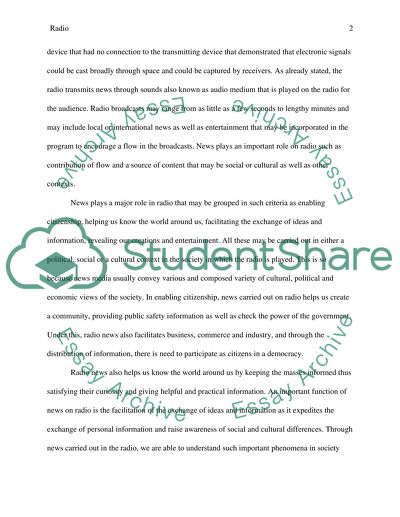Cite this document
(“Radio Essay Example | Topics and Well Written Essays - 2000 words”, n.d.)
Retrieved from https://studentshare.org/journalism-communication/1625584-radio-essay
Retrieved from https://studentshare.org/journalism-communication/1625584-radio-essay
(Radio Essay Example | Topics and Well Written Essays - 2000 Words)
https://studentshare.org/journalism-communication/1625584-radio-essay.
https://studentshare.org/journalism-communication/1625584-radio-essay.
“Radio Essay Example | Topics and Well Written Essays - 2000 Words”, n.d. https://studentshare.org/journalism-communication/1625584-radio-essay.


